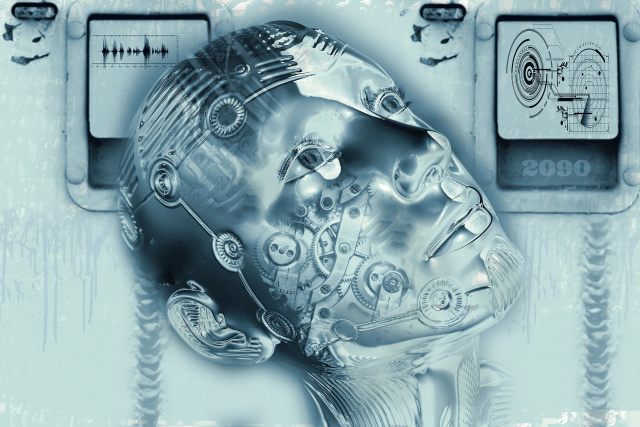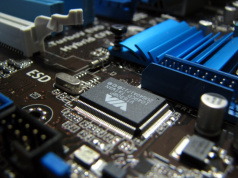Over the last several decades, technology has transformed the way in which we conduct business and create new products. Innovations in automation, artificial intelligence, virtual reality (VR), and beyond are rapidly changing the world as we know it. In order to remain competitive, businesses will have to adopt these new technologies or risk going out of business. While new technologies can certainly aid workers in some professions, they will completely replace workers in others, forcing them to retrain in a new field. Continue reading to learn a few ways that workers in Ohio (and beyond) will be affected by various innovations in technology.
Automation Will Replace Jobs

The odds of a machine replacing your job naturally depends on what that job is now. Certain professions such as truck drivers, delivery drivers, laborers, service industry workers, and accountants have a higher risk of automation than others, such as pharmacists or police officers. Some of the jobs that are least likely to be affected by automation include various types of surgeons, therapists, counselors, teachers, and medical professionals.
Warehouse jobs will also be greatly affected by tech innovations. Many large-scale retailers are already using automation in warehouses and shipping. For example, just a few months ago, Japanese retailer Uniqlo replaced 90 percent of its warehouse workers with automated robots that are able to work 24/7 — and this will only increase worldwide in the coming years.
As for how this will affect workers in Ohio, it is estimated that more than two million Ohioans will be affected by automation in the near future, and at least one-fifth of the workforce will be replaced. To put this into perspective: Ohio has less than six million workers statewide. However, roughly one million workers in Ohio (those who are employed in some of the previously mentioned professions) will not be affected by automation.
Virtual Reality Will Transform Jobs

Virtual reality goes far beyond the gaming industry, and has proven to have more applications than previously imagined. As for how this will affect workers, VR may be used to more efficiently train new employees in pretty much any field, such as retail or healthcare. It will also allow seasoned employees to focus on their own job duties instead of training new employees, freeing up time and resources. This technology can then be used to prepare employees for dangerous or difficult tasks — training that would otherwise be impossible to demonstrate without VR.
Beyond training employees, VR will also be used to create virtual offices for remote workers, which can be useful for conducting interviews and meetings. VR will make it a lot easier to collaborate with national and international co-workers while working at home in Ohio, or even while traveling abroad. Because with VR, that’s your privilege — you can work from anywhere while still conducting business in a professional environment.
Virtual reality will also transform marketing by allowing marketers to better test, present, and sell their goods and services. In real estate, VR will make it a lot easier for a real estate agent to show someone who lives out of state a new home, allowing them to virtually tour a property.
When Will These Changes Take Place?
While many of these technologies have already begun to be implemented nationally and globally, it might take some time for some of these changes to occur close to home. Rural and urban areas will be equally affected by tech innovations, too. As far as nationwide estimates go, the numbers vary. Some estimate that automation will replace roughly 15 percent of workers by 2035, while others estimate that it could be much higher — 30 to 40 percent. However, many studies don’t provide an exact timeline for when automation will replace workers or transform industries; they only say that these changes are coming, and that we need to be prepared for them.










